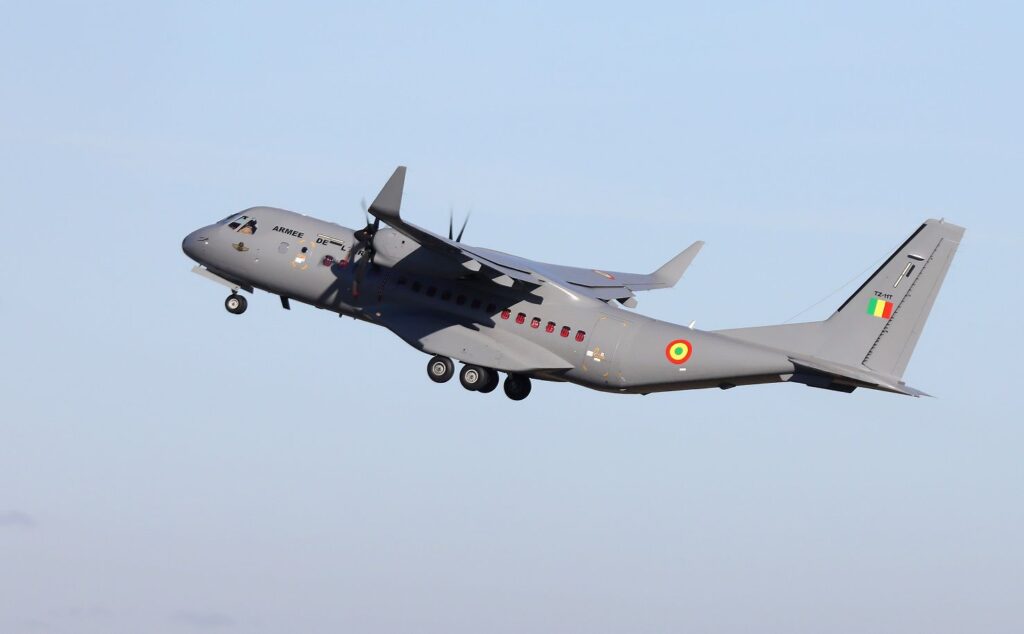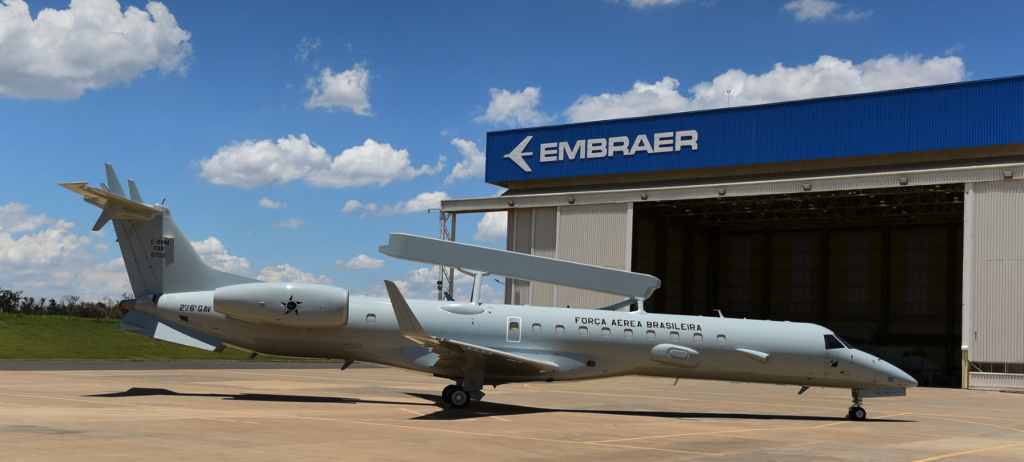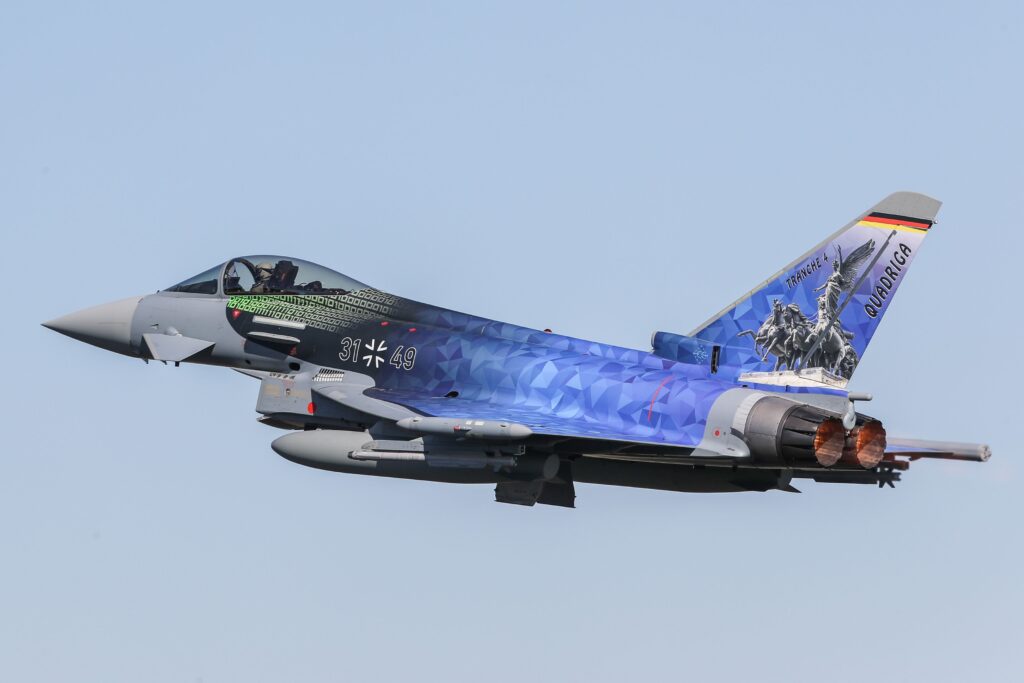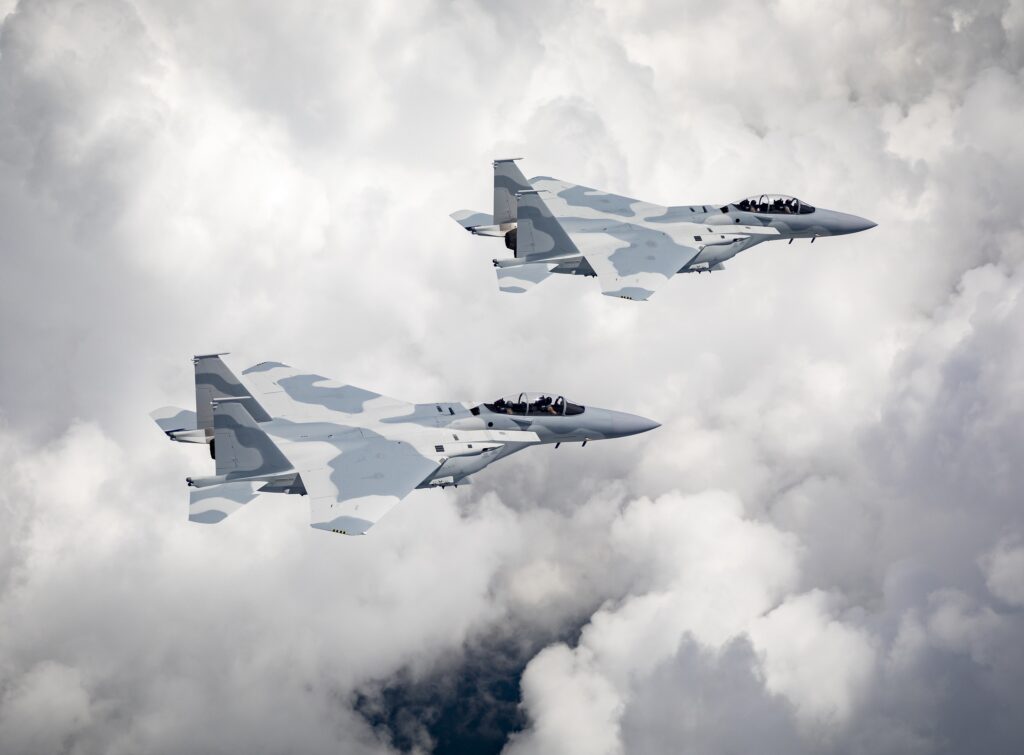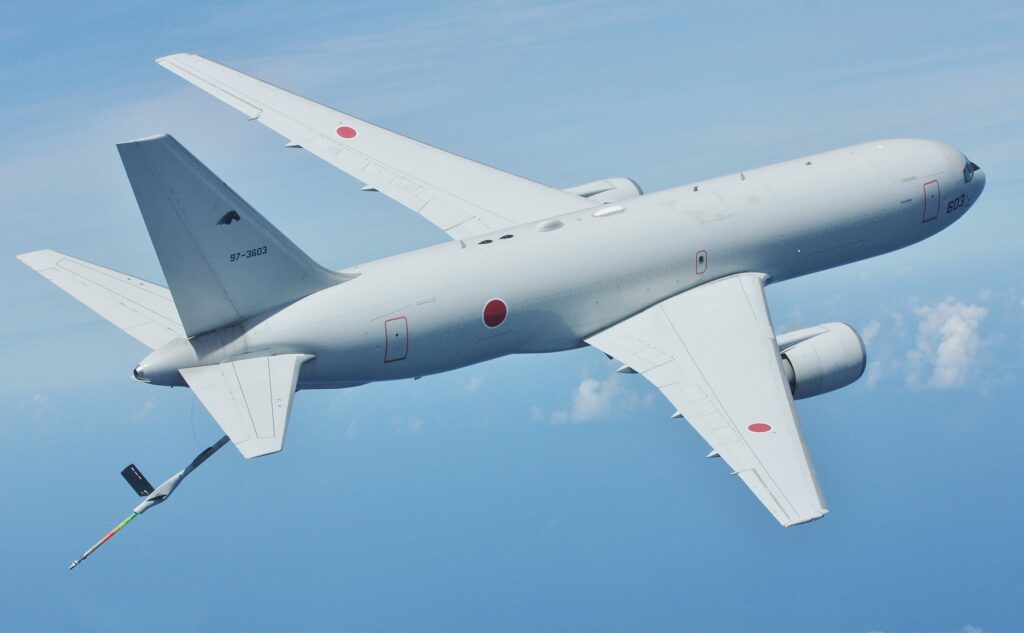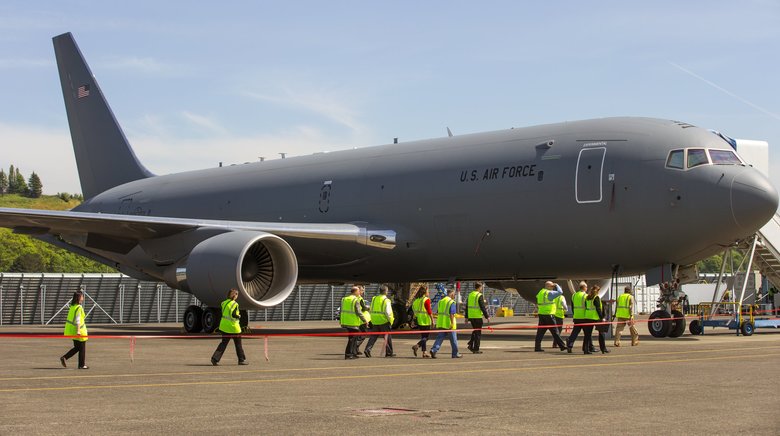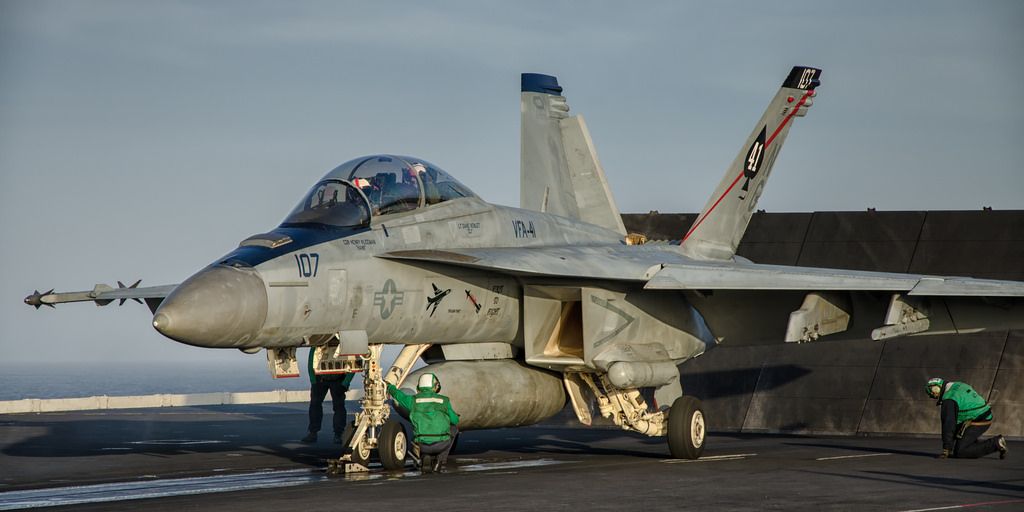The Republic of Mali Orders an Additional Airbus C295
The Ministry of Defence of the Republic of Mali has placed a firm order for an additional Airbus C295 airlifter in the transport configuration. This second aircraft, to be delivered in 2021, will supplement the…
